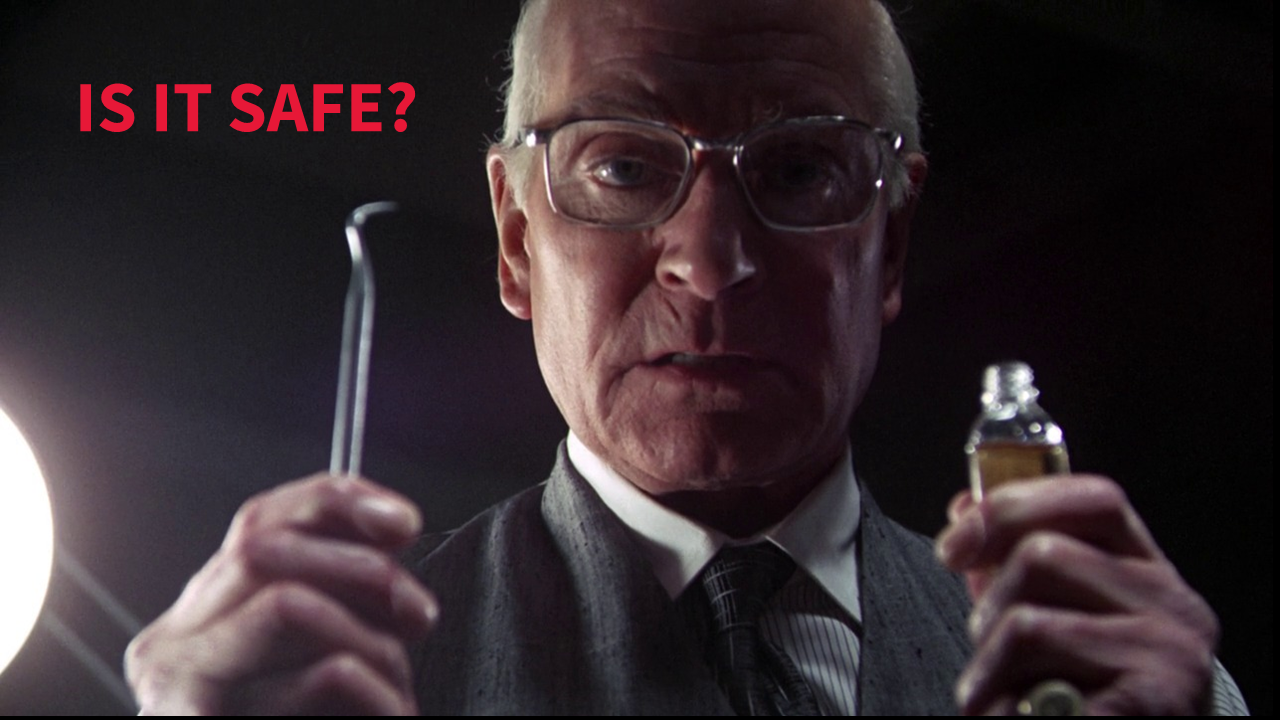In this famous scene from 'Marathon Man', Laurence Olivier finds himself in the uncommon position of playing a retired Nazi Holocaust Dentist. 'The White Angel' escaped Germany with a cluster of stolen diamonds. He's not happy though, because he thinks his retirement stash is threatened. To find out whether it is, he's about to torture a tethered Dustin Hoffman by inflicting pain with a dental scaler, and giving relief with oil of cloves (ISO 31000?). The torment begins with him repeatedly asking, in an increasingly menacing tone

"Is it safe?"
"Is It Safe?"
"IS. IT. SAFE?"
Arborists and Urban Foresters are similarly tortured when they're asked about trees.
"Is it safe?"
They'll be asked.
Well, is it or isn't it?
Safe, to just about anyone, means a complete absence of risk.
"Is it safe?", is a binary trap. If you answer, "Yes", and the tree then falls and kills, injures, or damages property, no matter how low the risk, clearly the tree wasn't safe.

Safe enough?
Even if you reframe the question by answering, "It's safe enough". Or, "It's as safe as necessary". What they'll hear and remember is the word 'safe', and safe to just about everyone means a complete absence of risk. What they won't hear, or will instantly forget is the all-important qualifying 'enough' or 'necessary'.
Better safe than sorry
Safe and safety are words that are all too vulnerable to being weaponised with hindsight or outcome bias as failures in the duty of care if a risk is realised. More than that, they can hamstring critical thinking. 'Better safe than sorry,' easily trips off the tongue without a second thought about what it really means. Or the unintended consequences of trying to achieve it. "Could we make it safer?" sounds like a reasonable request.
Mind your language
The language you use when talking about tree risk is really important. You can't make a tree safe. You can't remove all of the risk. But you can always make a tree safer by cutting some of it off. If we stick with risk words, we can diffuse lazy phrases like, 'Better safe than sorry' or 'If in doubt, take it out', because it translates to 'Better no trees, or less tree, than any risk.'
If the risk from a tree is Acceptable or Tolerable, there's no reason to make it safer by cutting bits of it off. It's why you won't find the 'S' word in any of VALID's Tree Risk-Benefit Assessment and Management publications.

.png)